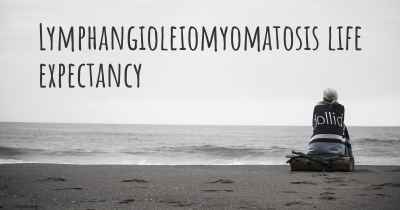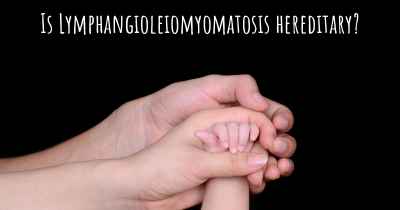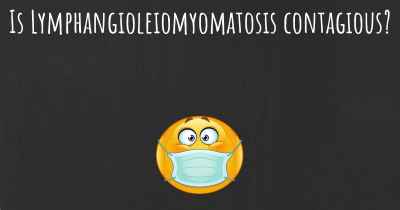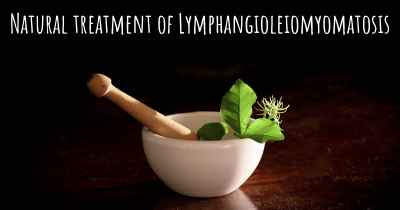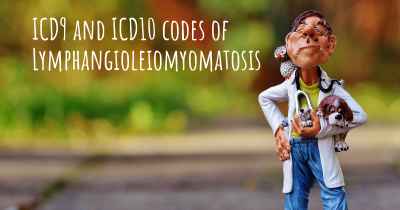What are the best treatments for Lymphangioleiomyomatosis?
See the best treatments for Lymphangioleiomyomatosis here
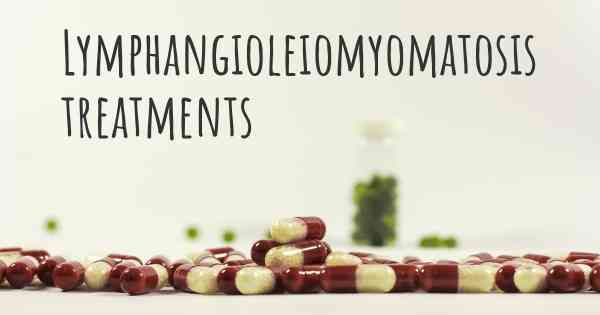
Lymphangioleiomyomatosis (LAM) is a rare lung disease that primarily affects women of childbearing age. It is characterized by the abnormal growth of smooth muscle cells in the lungs, leading to the formation of cysts and progressive loss of lung function. While there is no cure for LAM, several treatment options are available to manage the symptoms, slow down disease progression, and improve the quality of life for patients.
1. Pharmacological Therapies:
Pharmacological therapies are the mainstay of treatment for LAM. The drug sirolimus (also known as rapamycin) has shown significant benefits in stabilizing lung function and reducing the size of lung cysts in LAM patients. Sirolimus works by inhibiting the abnormal growth of smooth muscle cells in the lungs. It is usually administered orally and requires regular monitoring of blood levels to ensure optimal dosing.
2. Oxygen Therapy:
As LAM progresses, it can cause a decrease in blood oxygen levels, leading to shortness of breath and fatigue. Oxygen therapy can help alleviate these symptoms by providing supplemental oxygen to the lungs. It can be administered through nasal prongs, a mask, or a portable oxygen concentrator, depending on the individual's needs. Oxygen therapy can improve exercise tolerance, reduce breathlessness, and enhance overall well-being.
3. Pulmonary Rehabilitation:
Pulmonary rehabilitation programs are designed to improve lung function, increase exercise capacity, and enhance overall quality of life for individuals with chronic lung diseases like LAM. These programs typically include a combination of exercise training, breathing exercises, education, and psychological support. Pulmonary rehabilitation can help LAM patients manage their symptoms better, reduce breathlessness, and improve their ability to perform daily activities.
4. Lung Transplantation:
In severe cases of LAM where lung function has significantly deteriorated, lung transplantation may be considered. Lung transplantation involves replacing the diseased lungs with healthy donor lungs. It is a complex and high-risk procedure, but it can offer a chance for improved lung function and prolonged survival in carefully selected LAM patients. However, lung transplantation is not suitable for everyone and requires a thorough evaluation by a transplant team.
5. Symptom Management:
Various medications and interventions can be used to manage specific symptoms associated with LAM. For example, bronchodilators may be prescribed to relieve airway constriction and improve breathing. Hormonal therapies, such as progesterone or gonadotropin-releasing hormone analogs, can be used to manage symptoms related to hormone imbalances often seen in LAM. Additionally, pain medications, supplemental nutrition, and psychological support can be provided to address pain, weight loss, and emotional well-being.
6. Regular Monitoring and Follow-up:
Regular monitoring and follow-up are crucial for LAM patients to assess disease progression, adjust treatment plans, and address any emerging complications. This may involve periodic lung function tests, imaging studies (such as CT scans), blood tests, and consultations with a multidisciplinary team of healthcare professionals specializing in LAM. Close monitoring allows for timely intervention and optimization of treatment strategies.
Conclusion:
While there is no cure for Lymphangioleiomyomatosis (LAM), a range of treatment options can help manage symptoms, slow down disease progression, and improve the quality of life for patients. Pharmacological therapies, such as sirolimus, have shown promising results in stabilizing lung function and reducing cyst size. Oxygen therapy, pulmonary rehabilitation, and symptom management strategies play important roles in alleviating breathlessness, improving exercise capacity, and addressing specific symptoms. In severe cases, lung transplantation may be considered as a potential option. Regular monitoring and follow-up are essential to ensure optimal management and timely adjustments to treatment plans. With appropriate care and support, individuals with LAM can lead fulfilling lives and maintain their respiratory health to the best extent possible.
